| Weight | 0.235 kg |
|---|
Hand Sanitizer – Unscented, 235ml
Original price was: $ 8.79.$ 6.49Current price is: $ 6.49.
Our plant-based hand sanitizer, based on an internationally recognized formula from the World Health Organization, is made from superior pharmaceutical grade ethanol (USP Grade) that is locally produced here in Saskatchewan. USP ethanol is considered safer for children, pregnant or breastfeeding woman, and those with broken and/or damaged skin. You’ll notice this handy product leaves your hands feeling clean with no greasy residues or harsh scents.
Product Features
• Plant Based
• Gentle to Hands
• No-wash quick dry
• Kills 99.9% germs
Why nikihk
• Indigenous Brand
• Eco-Friendly
• Reducing our carbon footprint
• Biodegradable
• No Animal Testing
• Made in SK
Shop Online Or Click Here To Find Stores Near You.

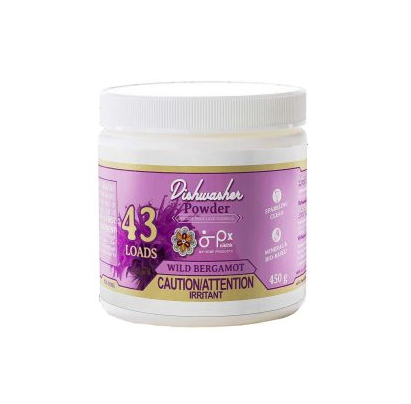
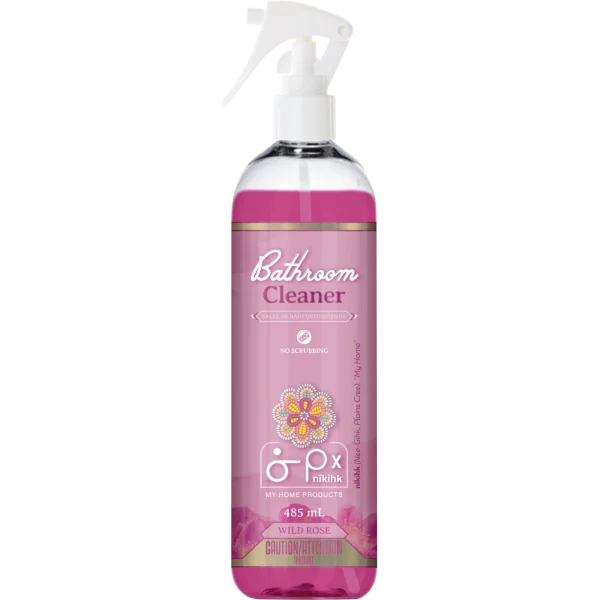
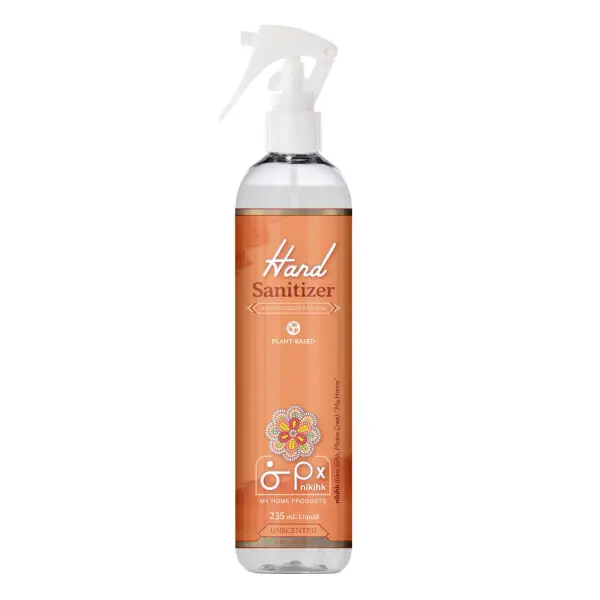

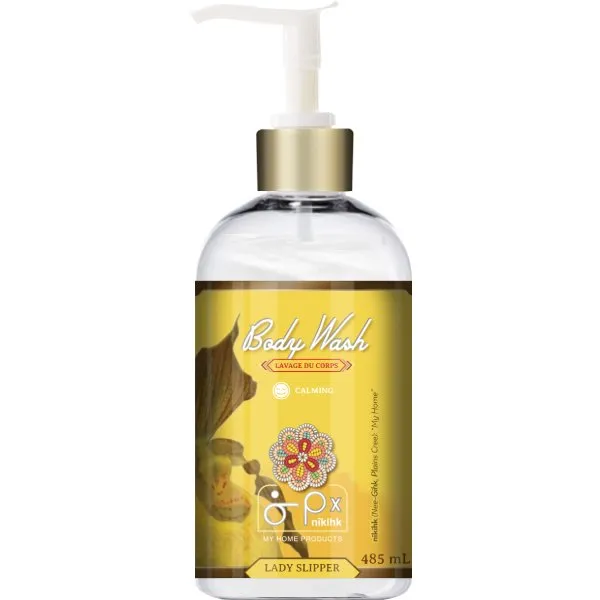
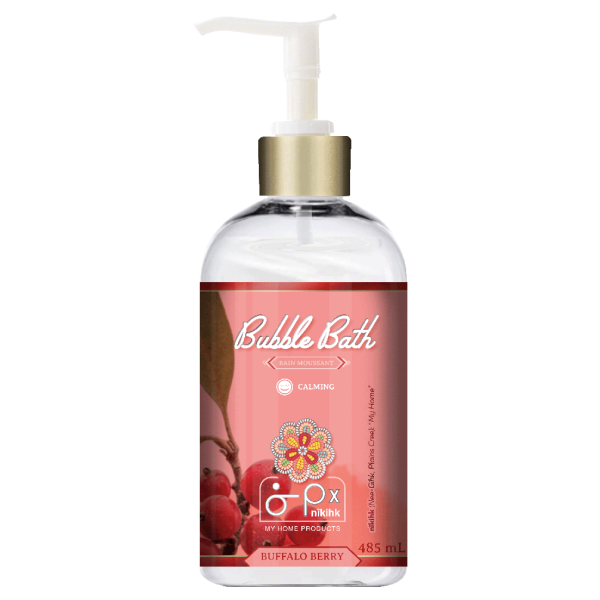

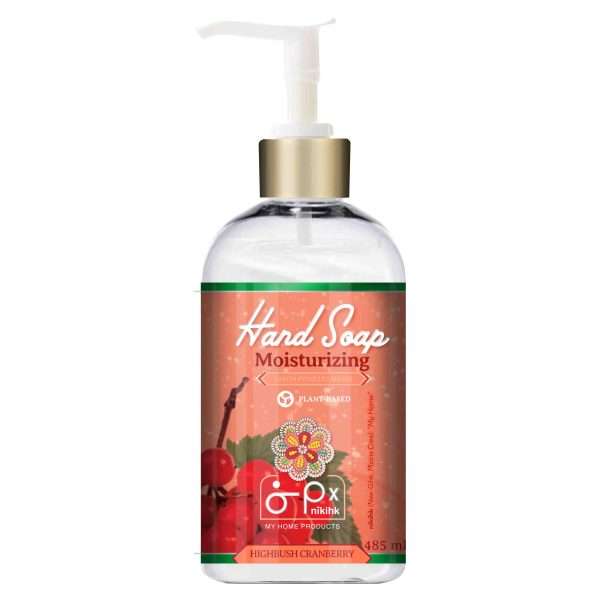
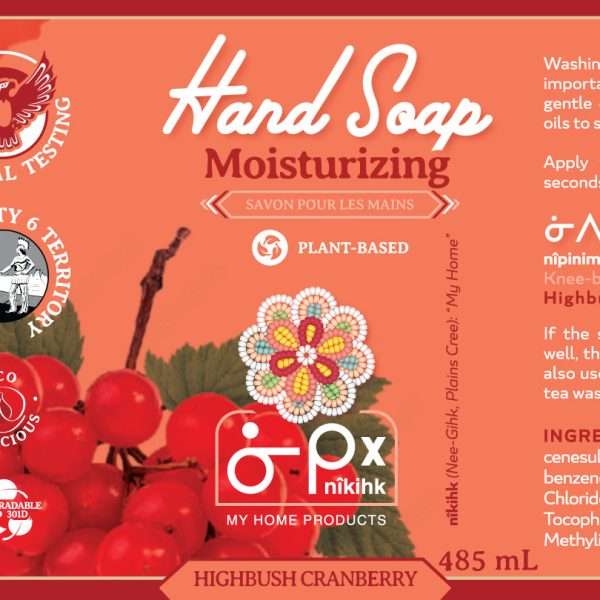
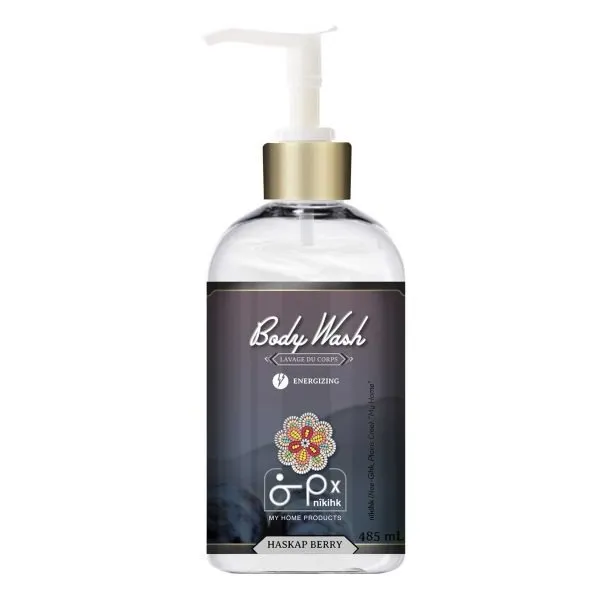
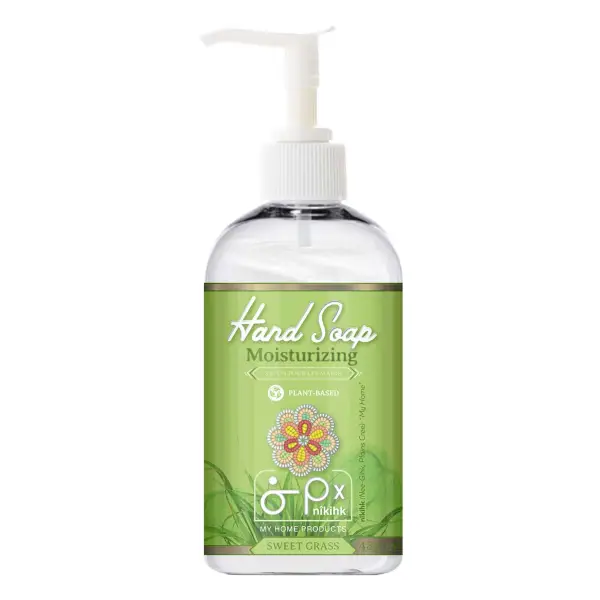
Reviews
There are no reviews yet.